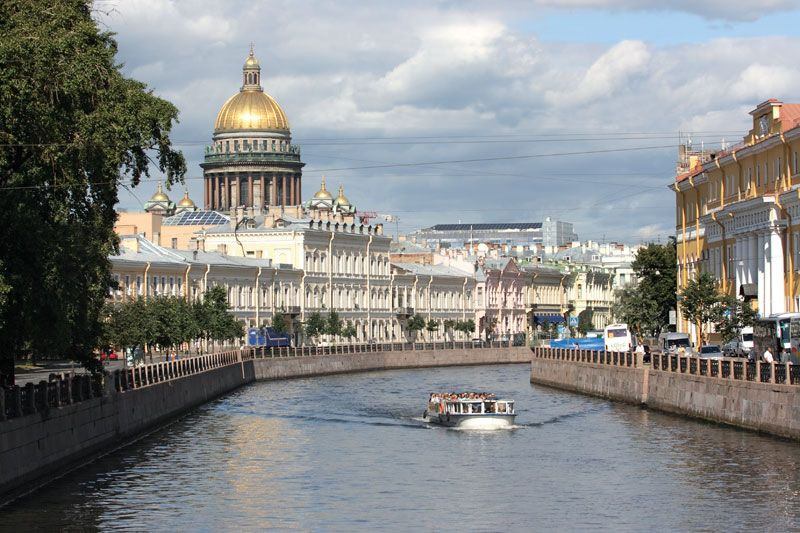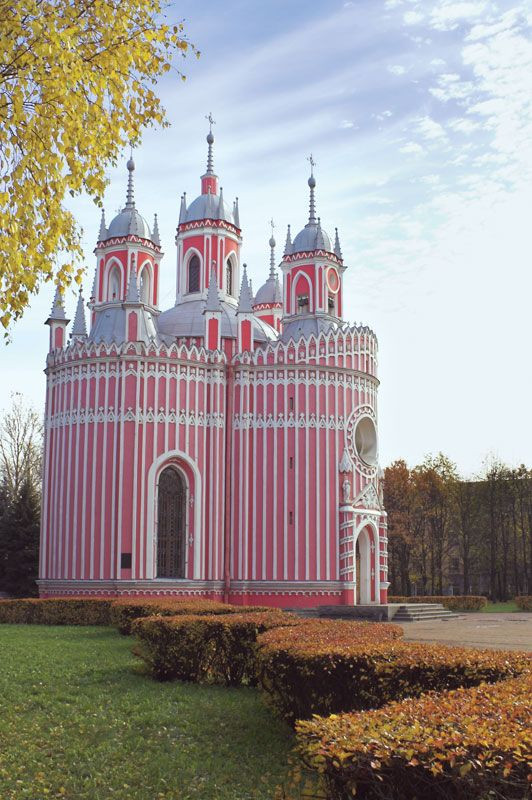St. Petersburg, a city steeped in history and culture, is situated in the northwestern corner of Russia. More precisely, this major metropolis graces the delta of the Neva River, nestled at the very head of the Gulf of Finland. Positioned approximately 400 miles (640 km) to the northwest of Moscow, Russia’s current capital, St. Petersburg’s location is also notable for its proximity to the Arctic Circle, lying just about 7° south of this significant latitudinal line. This unique geographical placement contributes significantly to the city’s distinctive character and climate.
Geographically, St. Petersburg sprawls across 42 islands within the Neva River delta and extends onto the adjacent mainland floodplain. This low-lying, originally marshy terrain has historically made the city susceptible to flooding, particularly during autumn storms that drive waters from the Gulf of Finland upstream, as well as during the spring thaw. Notable severe floods occurred in 1777, 1824, and 1924, with the latter two being the most devastating, inundating a large portion of the city. In response, an 18-mile (29-km) dike was constructed across the Gulf of Finland in the 1980s to mitigate future flood damage. Additionally, a network of canals has been developed to aid in drainage throughout the city.
St. Petersburg’s geographical footprint extends beyond the city proper. Greater St. Petersburg, encompassing the city and its surrounding satellite towns, forms a horseshoe shape around the Gulf of Finland’s head, including Kotlin Island within the gulf. To the north, the metropolitan area stretches westward along the coastline for nearly 50 miles (80 km), incorporating Zelenogorsk. This northern stretch is characterized by residential communities, resort areas, health retreats, and youth camps, interspersed with extensive coniferous forests and bordered by attractive beaches and dunes. Many St. Petersburg residents also maintain summer residences, known as dachas, in this northerly zone. On the southern side of the Gulf, the metropolitan boundaries reach westward to encompass Peterhof and Lomonosov. Eastward, Greater St. Petersburg extends along the Neva River towards Ivanovskoye.
The city’s climate is influenced by the Atlantic Ocean, resulting in milder conditions than expected for its northerly position. Winters are moderately cold, with an average January temperature around 21 °F (−6 °C), slightly warmer than Moscow. However, winter temperatures can occasionally plummet below −40 °F (−40 °C). Snow cover typically lasts for about 132 days. The Neva River usually starts freezing in mid-November, with solid ice forming by early December; the ice breakup commences in mid-April and is generally complete by the end of the month. Icebreakers are utilized to extend the navigation period. Summers are reasonably warm, with an average July temperature of 65 °F (18 °C). Average annual rainfall is approximately 25 inches (634 mm), with summer being the wettest season.
St. Petersburg’s unique location has profoundly shaped its identity. Founded in 1703 by Tsar Peter the Great, its strategic position on the Neva River delta provided Russia with vital access to the Baltic Sea, fulfilling Peter’s vision of a “window on Europe.” For two centuries, from 1712 to 1918, St. Petersburg served as the capital of the Russian Empire, becoming a focal point for Russian history, culture, and architectural grandeur. The city is renowned for its blend of Western European and Russian architectural styles, its extensive network of waterways earning it the moniker “Venice of the North,” and the captivating “White Nights” phenomenon during summer, when daylight stretches for nearly 19 hours. Designated a UNESCO World Heritage site in 1990, St. Petersburg stands as a testament to Russia’s rich past and a vibrant cultural center in the modern era.
[


 St. Petersburg, Russia
St. Petersburg, Russia Chesmenn Church
Chesmenn Church